Garden lily of the valley (kupena) - we grow on a garden plot
The liliaceae family has a graceful curved stem with bright green leaves and white flowers. The main advantage of a perennial is its shade tolerance and unpretentious care. This is a great addition to any garden, and with 50 known varieties, you can pick up exactly your bout.
The most popular species are medicinal, fragrant, undersized, whorled and broadleaf. To grow a spectacular kupenu flower on your personal plot, it is enough to adhere to the timing of its planting and provide it with proper care.
Seat selection
The garden lily of the valley, as it is also called the kupena, grows and develops calmly in almost any conditions. However, it is best to plant it in shaded areas. At the same time, the soil should be fertile enough. If you define a perennial plant on depleted soil or under the open sun, then the kupena will grow much worse and cannot become a beautiful addition to the garden.
When choosing a permanent place for a plant, it is recommended to pay attention to the location of groundwater to the earth's surface. Kupena reacts very badly to stagnant liquid in the soil — the level of moisture should be moderate.
Advice
A garden lily of the valley will help get rid of weeds under the trees: kupena forms dense thickets, leaving no chance for green freeloaders.
Planting technology and reproduction
It is believed that the garden lily of the valley can be planted in open ground at any time of the year. But it is preferable to do this in the last days of August, before the fall. Preparing a footprint includes the following steps:
- Cleansing a specific area from weeds.
- Digging the soil to a depth of 20-25 cm.
- Formation of holes.
- Laying on the bottom of the pits a drainage layer made of bricks, fine gravel, coarse sand.
- Top dressing with mineral fertilizers at the rate of 15 g of the product per plant or wood ash. For this, the excavated soil is mixed with nutrients, including compost.
Further actions will depend on the chosen breeding method. At the same time, seed and vegetative methods are equally successfully applied. As a rule, the first is taken into service to plant new bushes. To multiply an existing kupen, it is divided.
Vegetative method
The easiest way to dilute a kupena is to separate a part of the rhizome with a bud from an adult bush. This method makes the garden lily of the valley grow and develop faster.
Procedure:
- Dividers are placed in the prepared planting holes to a depth of no more than 10 cm and placing it horizontally.
- Sprinkle with fertile soil and gently tamp.
- Water abundantly.
It is allowed to use this breeding option in the country house at any time of the year. The period during which the bush will completely root and take root is two years. The first buds of a multi-flowered plant will be tied in the third year after planting.
Seed method
A significant disadvantage of this method of reproduction is the long waiting time for the first buds, it happens that they appear 5 years after the seeds are embedded in the soil. In addition, it is difficult to collect material: because of the narrow inflorescences, the kupena is poorly pollinated and does not bear fruit every year. Finally, the qualities of hybrid flowers are not preserved when spreading by seeds.
If the seed method is nevertheless chosen, then the planting material will require natural stratification. Manipulate before winter.Given the long period of their development, they will be able to hatch only next year in the spring.
When growing for seedlings, you must:
- Collect fully ripe fruits.
- Extract the seeds from them and rinse the pulp under water.
- Prepare containers, containers filled with sand and peat mixture.
- Cover the seeds in the soil and cover with foil.
Important
Kupena is poisonous - children need to be told that it is dangerous to pick these flowers.
During the first three months, the room temperature should be within + 2-5 ° C. The next three months, crops are kept at a temperature of 20-23 degrees Celsius. For the last three months, the containers should be kept in a cool room at a temperature not exceeding +5. Lighting should be diffused, and the soil moderately moist. Irrigation is carried out as the earth dries up.
It is recommended to plant seedlings in spring. Plants will begin to bloom only 3-4 years.
Perennial care secrets
An unpretentious plant was bought, however, the basic agrotechnical requirements should be observed so that the flower will delight for a long time with its delicate flowers.
Watering and mulching
The amount and frequency of irrigation depends on the particular plant variety. Kupena needs regular, but moderate watering, which will not provoke rotting of the root system, the development of fungal diseases, the invasion of snails, slugs. The broadleaf, pink and medicinal varieties of this flower thrive even in dry weather. Watering is carried out only in case of prolonged absence of precipitation.
Given the fragility of the perennial root system, it is not advisable to loosen the soil, there is a high probability of damage. The best way to retain moisture is to mulch with coniferous sawdust and cut grass.
Removing weeds and feeding
It is only necessary to clear the flower garden from weeds when growing the kupena in the first two to three years after planting.
Even when planting a perennial in an open area, nutrients are added to the holes, and that supply is enough for 2 years. Subsequently, the bushes are recommended to be fertilized once a year - in the spring, using organic compounds.
Diseases, pests, wintering
The advantage is bought in its excellent resistance to various diseases and garden pests. The main thing is to prevent waterlogging of the soil, and then there will be no problems with the plant.
As soon as cold weather sets in, the aboveground part of the garden lily of the valley dies off. The roots of the plant are not affected. But this only applies to temperate climates. In northern regions with severe frosts, bushes will die without shelter. For protection, it is better to use sawdust, peat or spruce branches.
Kupena is rightfully considered hardy and does not require special growing conditions. When performing basic agricultural techniques, the florist receives an elegant decoration for his garden.
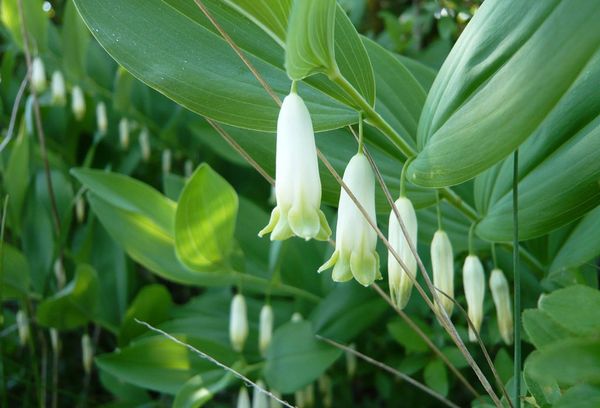
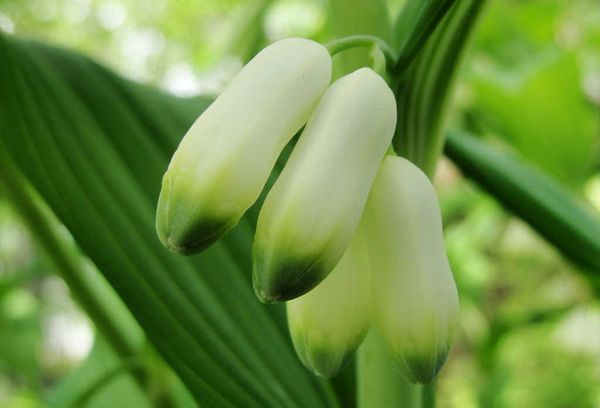
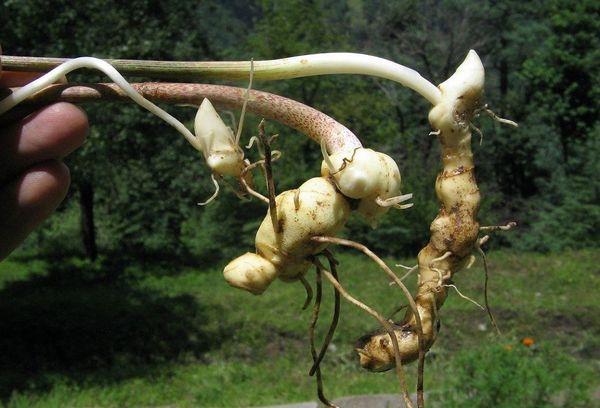


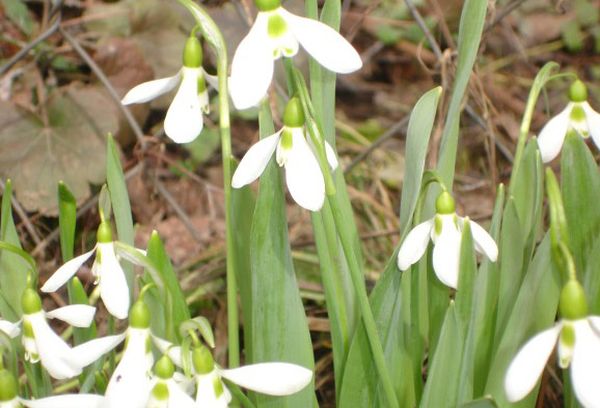


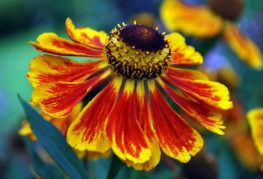


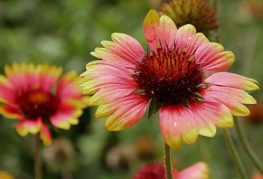
and will be published shortly.